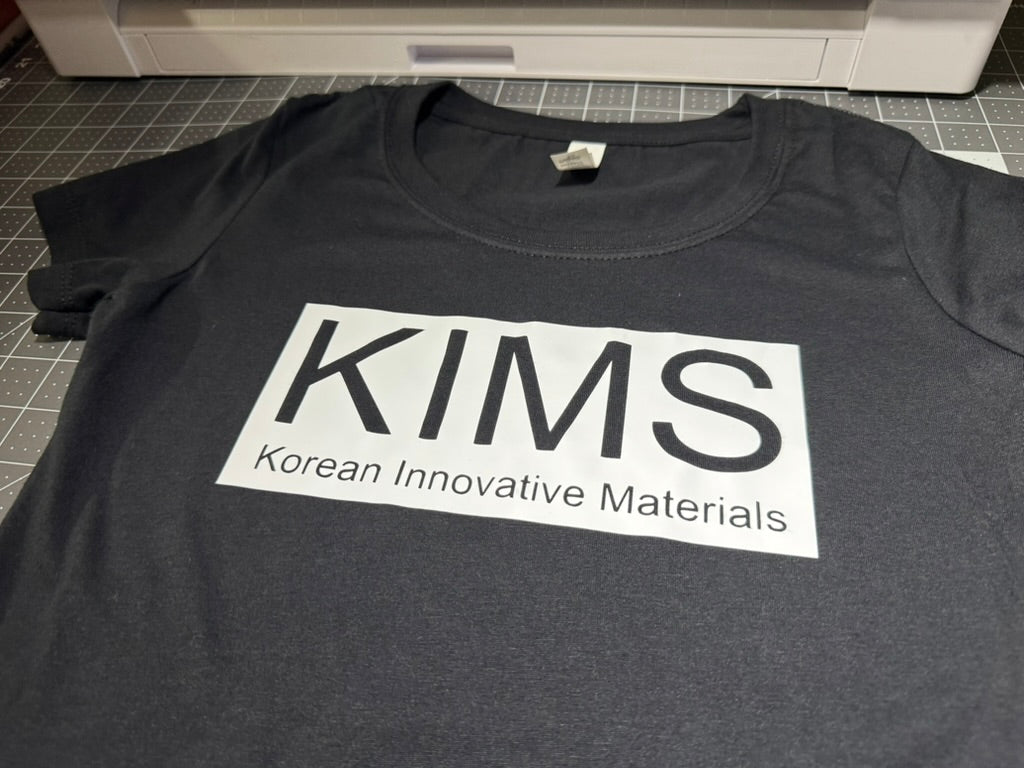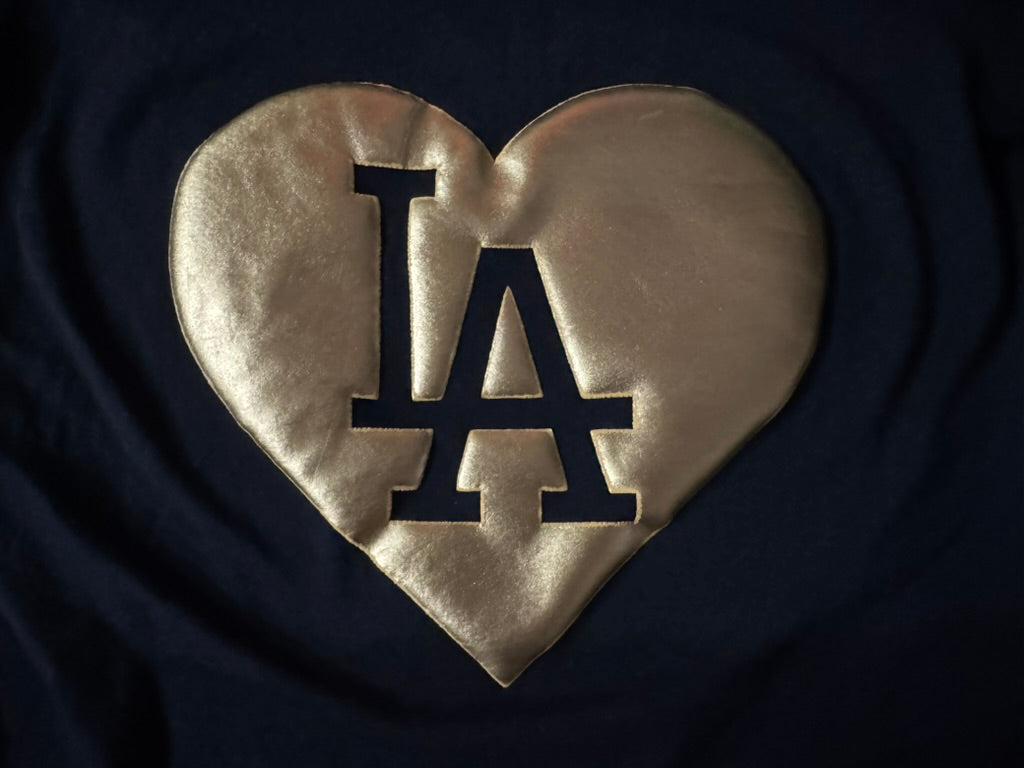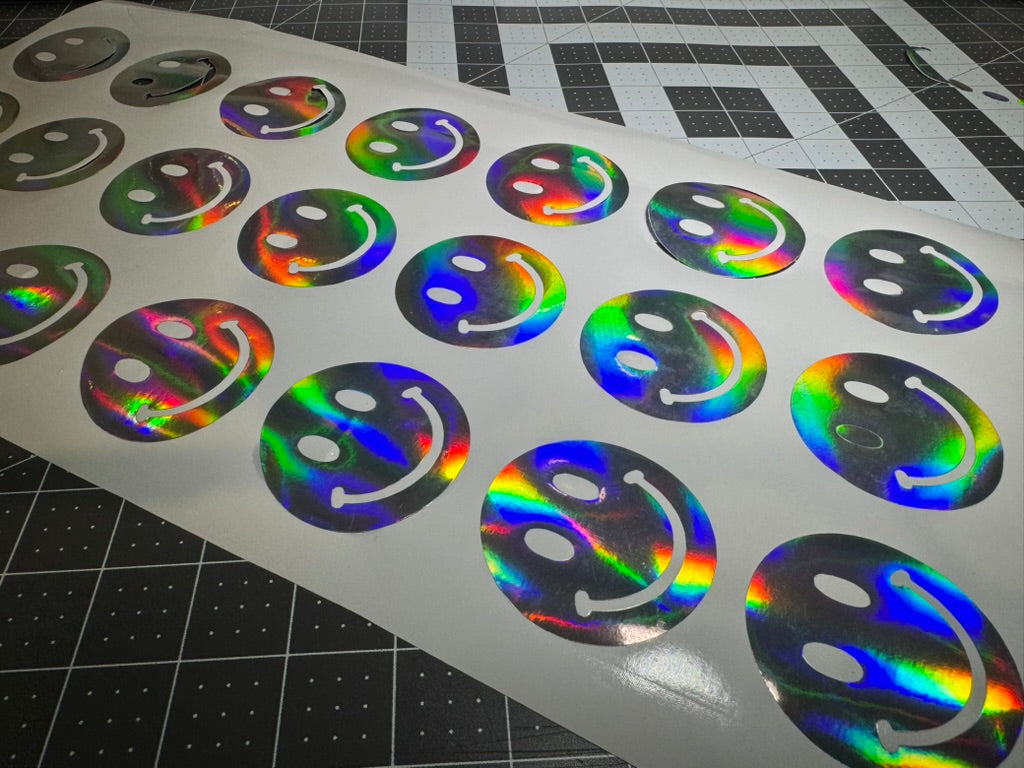Direct-to-Film (DTF) printing has become a core method in modern apparel production. It is used in small custom shops and larger-scale operations to apply printed designs onto fabrics efficiently.
As the demand for faster turnaround times and high print quality increases, print shops are looking for more effective ways to manage production. Efficiency is not only about speed—it also involves reducing material waste, minimizing downtime, and ensuring consistent results.
This article outlines how DTF materials work and why understanding them is important when exploring ways to improve efficiency in apparel production. Each section breaks down specific areas of the workflow to help identify where time and resources can be saved.
Understanding DTF Materials And Why Efficiency Matters
Direct-to-Film (DTF) is a digital transfer printing method used to apply designs onto textiles. It involves printing a design onto a special film using water-based inks, applying a hot-melt adhesive powder, and then transferring the image onto fabric using heat and pressure.
The DTF process relies on three key materials:
-
The PET film, which serves as the carrier for the printed design
-
The ink, typically CMYK plus white, which forms the image
-
The adhesive powder, which bonds the ink to the fabric during heat pressing
Each component affects how well the final image adheres, how vibrant it looks, and how long it lasts through washing and wear.
Compared to traditional screen printing, DTF does not require custom screens for each design. It works on cotton, polyester, blends, and dark fabrics without pre-treatment. This makes it more flexible for short runs, variable designs, and on-demand production.
According to industry reports, operations that implement efficient DTF workflows can cut material waste by 25% and increase output by 30% using the same equipment. These changes directly improve delivery times and reduce costs per garment.
Evaluating Your Current Workflow For Bottlenecks
A DTF production workflow includes multiple steps from artwork preparation to final heat transfer. Each step affects production time, material usage, and output quality.
To find bottlenecks—steps that slow down the entire process—start by observing the complete production cycle. Track how long each step takes and note where delays happen most often.
Common bottlenecks in DTF production include:
-
Manual powder application taking too long
-
Slow drying times between printing and transfer
-
Printer queue disorganization causing idle time
-
Lengthy heat press setup between different garment types
The goal is to identify which steps take the most time or create the most errors. These areas become the focus for improvement efforts.
For example, if manual powder application is causing delays, an automated powder shaker might be worth the investment. If drying times are the issue, adjusting airflow or temperature in the drying area could help.
Time tracking tip: Use a simple spreadsheet to record how long each production step takes over several days. This data reveals patterns that might not be obvious during daily operations.
Strategic Preparation Of Artwork And Materials
How you prepare artwork and materials before printing directly affects the efficiency of DTF production. Good preparation prevents errors that cause reprints and wasted materials.
Organizing Files And Design Assets
Create a consistent file naming system that includes the customer name, order number, and version. For example: "Customer123_TShirt_v2.ai" makes files easy to find when needed.
Store design files in a logical folder structure that separates active jobs from completed ones. This prevents using outdated versions by mistake.
File organization benefits: Reduces time spent searching for designs, prevents using wrong versions, and makes it easier for different team members to find what they need.
Setting Up Color Profiles
Color profiles tell the printer how to interpret colors in the design file. Using the right profile ensures prints match what customers expect.
Create a standard color profile for your specific printer model and DTF film type. Test this profile with sample prints to verify colors appear correctly.
When colors print consistently, there are fewer rejections and reprints, which saves time and materials.
Pre-Checking Materials
Before starting a print run, check that:
-
Films are free from dust or fingerprints
-
Ink levels are sufficient for the entire job
-
The printer nozzles are clean and functioning
-
The adhesive powder is dry and flowing freely
These quick checks prevent interruptions during production. For example, running out of ink midway through a large order can cause color matching problems when the job resumes.
Optimizing Printer Settings For Speed And Quality
The printer is often the main bottleneck in DTF production. Finding the right balance between speed and quality can significantly improve efficiency.
Adjusting Print Resolution
Print resolution affects both image quality and printing speed. Higher resolution (1440 DPI) produces finer details but takes longer to print. Lower resolution (720 DPI) prints faster but may lose some detail.
For designs with large color blocks or simple text, lower resolution settings often work well. Save higher resolution for detailed images or small text where quality is critical.
This approach—matching resolution to design complexity—can reduce print times by 30-50% for simpler designs.
Managing Print Queues
Group similar print jobs together to minimize setting changes. For example, print all designs that use the same color palette or film size as a batch.
This "batching" approach reduces the number of times settings need to be changed, which saves setup time between jobs.
Most RIP software allows jobs to be arranged in the queue. Take advantage of this feature to organize production more efficiently.
Queue management tip: Schedule complex, detailed prints at the beginning of the day when printers are freshly cleaned and calibrated.
Minimizing Material Waste
Material costs directly impact the profitability of DTF printing. Reducing waste improves both efficiency and sustainability.
Using Gang Sheets
Gang sheets place multiple designs on a single film sheet. This technique uses more of the printable area and reduces film waste.
For example, instead of printing five small designs on five separate sheets, arrange them on one sheet with proper spacing. After printing, cut the designs apart for individual transfer.
This approach works especially well for small designs like logos or pocket prints.
Optimizing Ink Usage
Adjust ink density settings in your RIP software to use only as much ink as needed for good results. Excessive ink doesn't improve print quality but does increase costs and drying time.
For white underbase layers, use just enough to create opacity without over-applying. Test different density settings to find the minimum effective amount.
Tracking Consumable Usage
Keep records of how much film, ink, and powder each job uses. This data helps identify which designs or techniques are most efficient.
Over time, these records also help with inventory management—knowing when to reorder supplies before running out.
Improving Heat Transfer Efficiency
The heat transfer stage is where printed designs move from film to fabric. This step affects both production speed and final product quality.
Setting Optimal Temperature And Pressure
Different fabrics require different heat press settings:
-
Cotton: 305-320°F (150-160°C)
-
Polyester: 270-290°F (132-143°C)
-
Blends: 290-310°F (143-154°C)
Using the correct temperature ensures good adhesion without damaging the fabric. Too low, and the transfer won't stick properly; too high, and it might damage the garment.
Pressure should be firm enough to transfer the design completely but not so heavy that it flattens the fabric texture. Medium pressure (40-60 PSI) works for most applications.
Reducing Setup Time
Organize garments by type before pressing to minimize temperature adjustments. For example, press all cotton items first, then adjust the temperature for polyester items.
Use heat press accessories like quick-change platens for different garment sizes. These allow faster transitions between adult shirts, youth sizes, and specialty items like sleeves.
Heat press tip: Keep a reference chart near the press showing the correct settings for different fabric types. This prevents guesswork and ensures consistency.
Long-Term Maintenance For Consistent Output
Regular maintenance prevents unexpected breakdowns that can halt production. A well-maintained DTF system runs more efficiently and produces more consistent results.
Printer Maintenance Schedule
Daily maintenance tasks:
-
Clean print head capping stations
-
Wipe down exterior surfaces
-
Check and clear any ink buildup
Weekly maintenance tasks:
-
Run nozzle checks and cleaning cycles
-
Inspect film feed path for debris
-
Check tension on rollers and belts
Monthly maintenance tasks:
-
Deep clean ink system components
-
Update firmware if available
-
Calibrate color output
Following this schedule prevents many common printer problems that cause downtime.
Heat Press Maintenance
Clean the heat platen regularly to prevent transfer residue buildup. Check that temperature readings are accurate using an external thermometer.
Inspect the pressure mechanism to ensure it applies even pressure across the entire platen. Uneven pressure causes partial transfers and wasted materials.
Moving Forward With Confidence
Improving efficiency in DTF production doesn't require completely rebuilding your workflow. Start with the areas causing the most delays or waste, and implement changes gradually.
Even small improvements compound over time. For example, reducing print time by two minutes per job might save hours each week in a busy shop.
Track results as you make changes. Compare production rates, material usage, and error rates before and after implementing new approaches. This data shows which changes have the biggest impact.
Korean Innovative Materials Direct provides DTF materials designed for consistent performance and efficient handling. Our products work with various production workflows, supporting both high-speed output and detailed, color-accurate prints.
FAQs About DTF Production Efficiency
How long does it take to see improvements after changing DTF workflow processes?
Most businesses see measurable efficiency improvements within two to three weeks after making structured workflow changes. Full optimization usually takes two to three months as staff become comfortable with new procedures.
What is the minimum investment needed to improve DTF production efficiency?
Many efficiency improvements require little to no financial investment. Organizational changes like job batching, standardized file preparation, and workspace layout adjustments can improve speed without purchasing new equipment.
How do different DTF powder adhesives affect production speed?
Hot-melt adhesive powders typically cure faster and provide stronger fabric adhesion, which can shorten transfer times. Cold-peel adhesives may offer sharper detail but usually require longer cooling periods, extending processing time slightly.
What environmental factors most affect DTF transfer quality?
Temperature, humidity, and dust levels directly affect ink drying, adhesive activation, and film stability. Maintaining consistent indoor conditions (68-77°F with 45-60% humidity) supports optimal results and reduces variability.
Can small shops achieve the same DTF efficiency as larger operations?
Yes, small shops can implement many of the same efficiency strategies as larger operations. In fact, smaller shops often adapt more quickly because they have fewer workstations to modify and less staff to train on new procedures.







